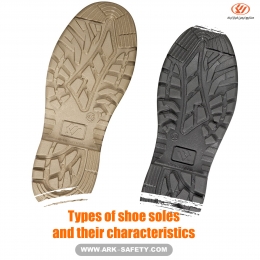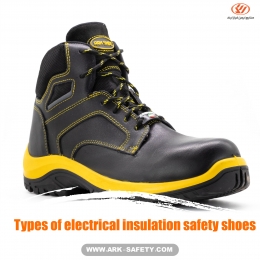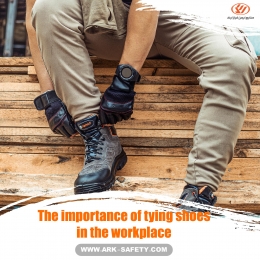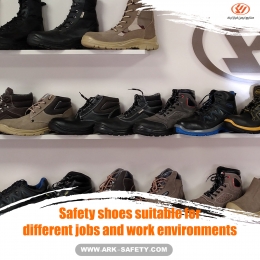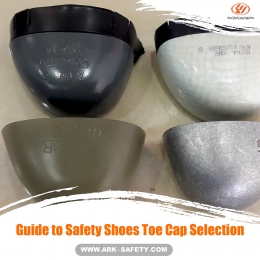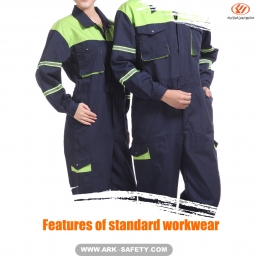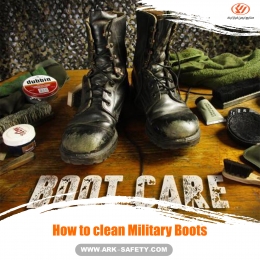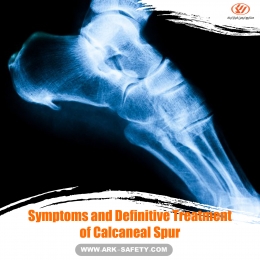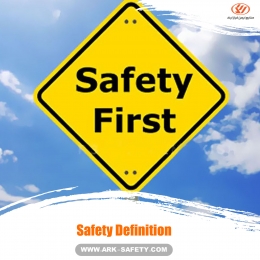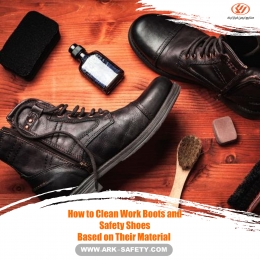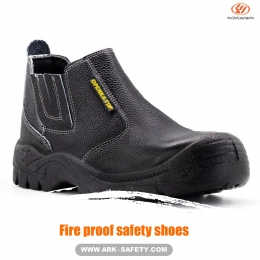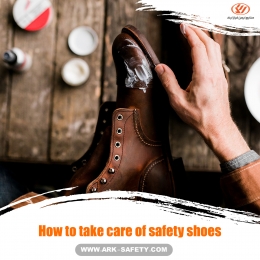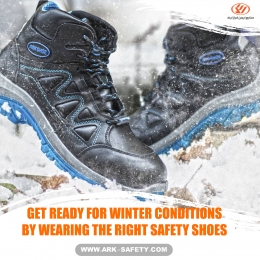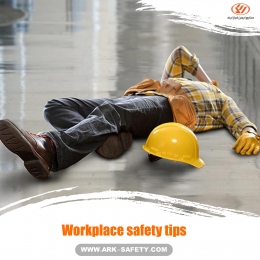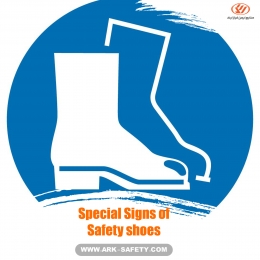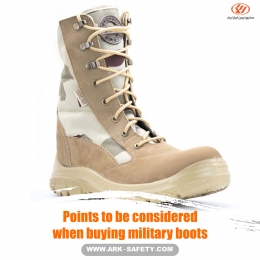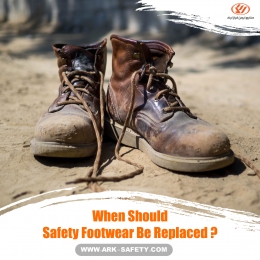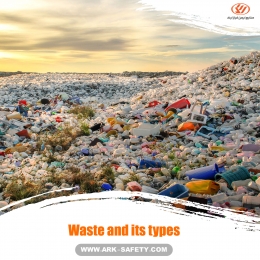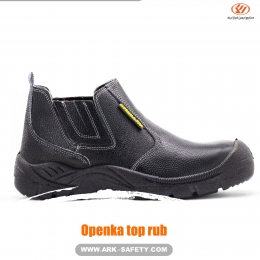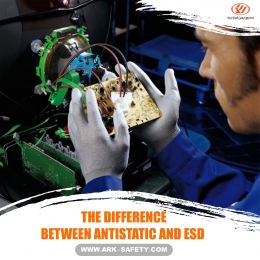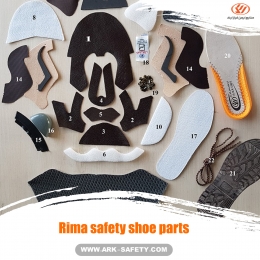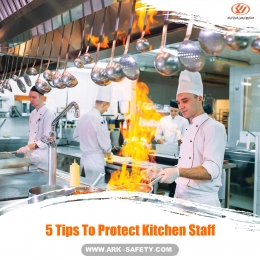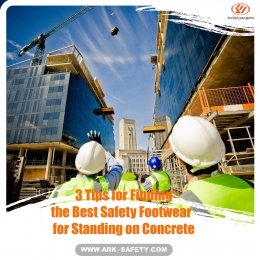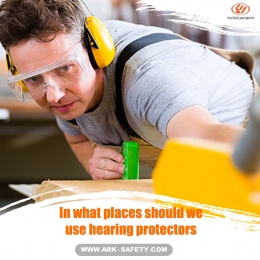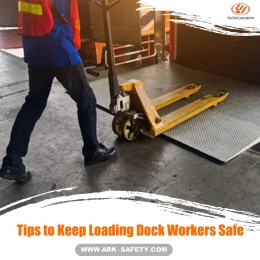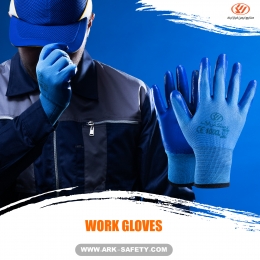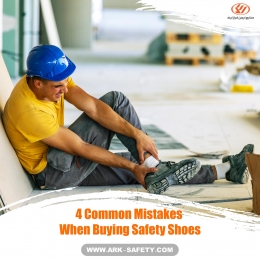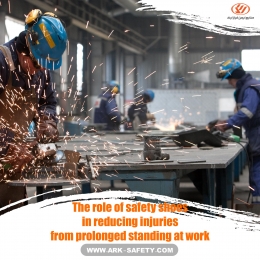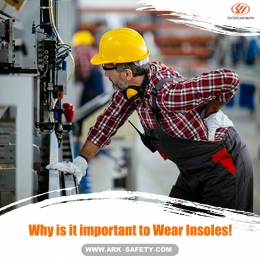Close
Safety Definition
Safety is a word that is highly regarded in almost everything today. There are several definitions of the word safety, including protection against danger, and this danger can have different meanings depending on the situation, such as: safety against falls, safety against accidents, safety against fire and etc. . Today the word safety has become one of the key words of economic affairs.
Safety is the degree to which one is away from danger. The scientific definition of safety states that a hazard is a condition that has the potential to harm personnel, equipment, and buildings, and to destroy materials or reduce performance in the performance of a predetermined task. There is no absolute and absolute safety and it will never be achieved in practice. That is why it is said that safety is a relative protection against dangers.
Safety can be defined as the organizational guarantee that an acceptable level of safety will be provided for a particular process or for the duration of the project life cycle.
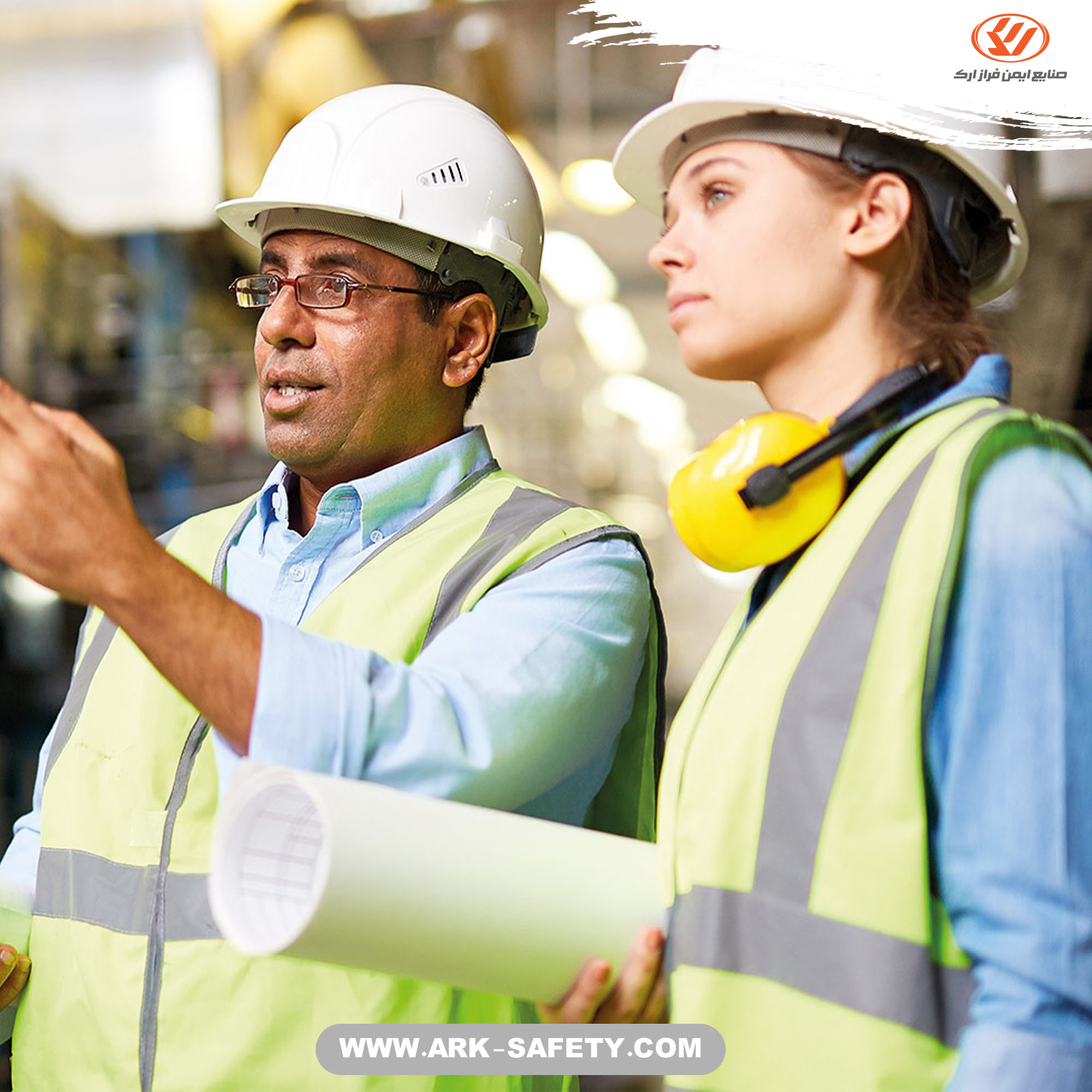
Definition of safety culture
Safety culture is the product of values, attitudes, perceptions, competencies and behavioral patterns of employees and individuals, which determines the degree of compliance of employees with the style and method of managing the safety and health of the organization. There are three perspectives on safety culture today:
1 - Hardware view: Until a few decades ago, scientists believed that in order to control losses and reduce accident statistics, more barriers and protections should be built for devices or safer tools and machines, but still the number of industrial accidents is low. Did not come!
2 - Software perspective: In this perspective, accident control, waste reduction, better training, preparation of procedures, policies, planning, were considered, but still did not have a significant effect on reducing accident statistics.
3 - Biological perspective: In this view, human beings as the main and influential factor on accidents were considered by researchers. Researchers said that researchers worked on safety-process safety systems and new safety management to reduce the likelihood and severity of accidents. Given that humans are psychologically and behaviorally complex, there are still many ambiguities that make it difficult to judge the effectiveness of this method.
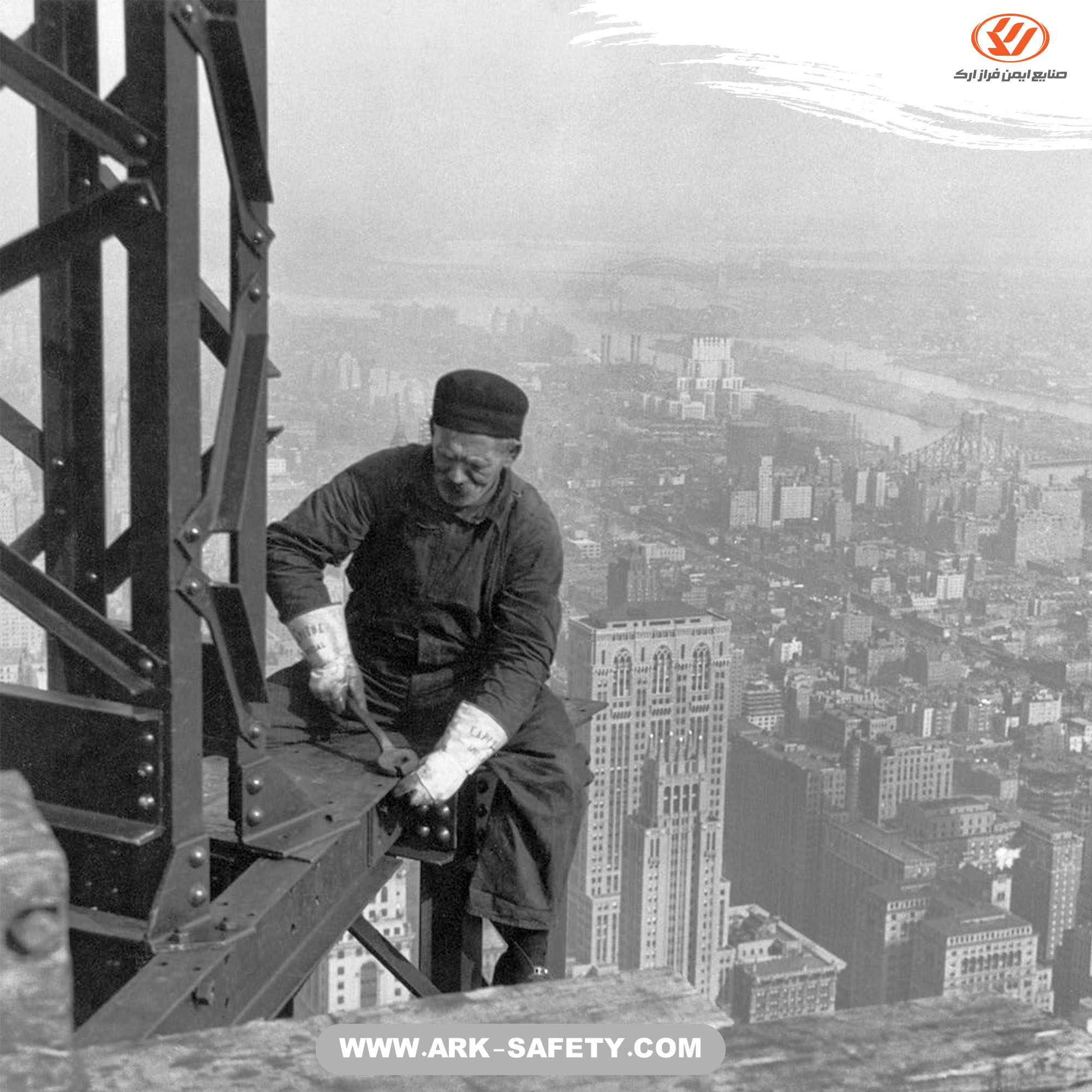
History of safety in the world
One of the first evidences of work hazard control dates back to ancient Rome in the second century BC. At that time, miners used a cloth to cover their mouths to prevent dust from being inhaled. In this regard, several doctors and scientists took the field and took steps to improve the health of the workforce.
In 1473, Elnbug published the first health journal on occupational diseases and injuries among miners. He also wrote about the toxicity of carbon monoxide, mercury, lead, and nitric acid.
After the Industrial Revolution (in the second half of the eighteenth century), industry, technology and technology grew significantly, but despite the improvement of living conditions, increased production and easier work, which was due to scientific and technical progress, problems and difficulties Many things were created for human beings and caused contemporary human beings to be exposed to numerous dangers and threats, including diseases and accidents caused by work and premature aging that are caused by unfavorable conditions.
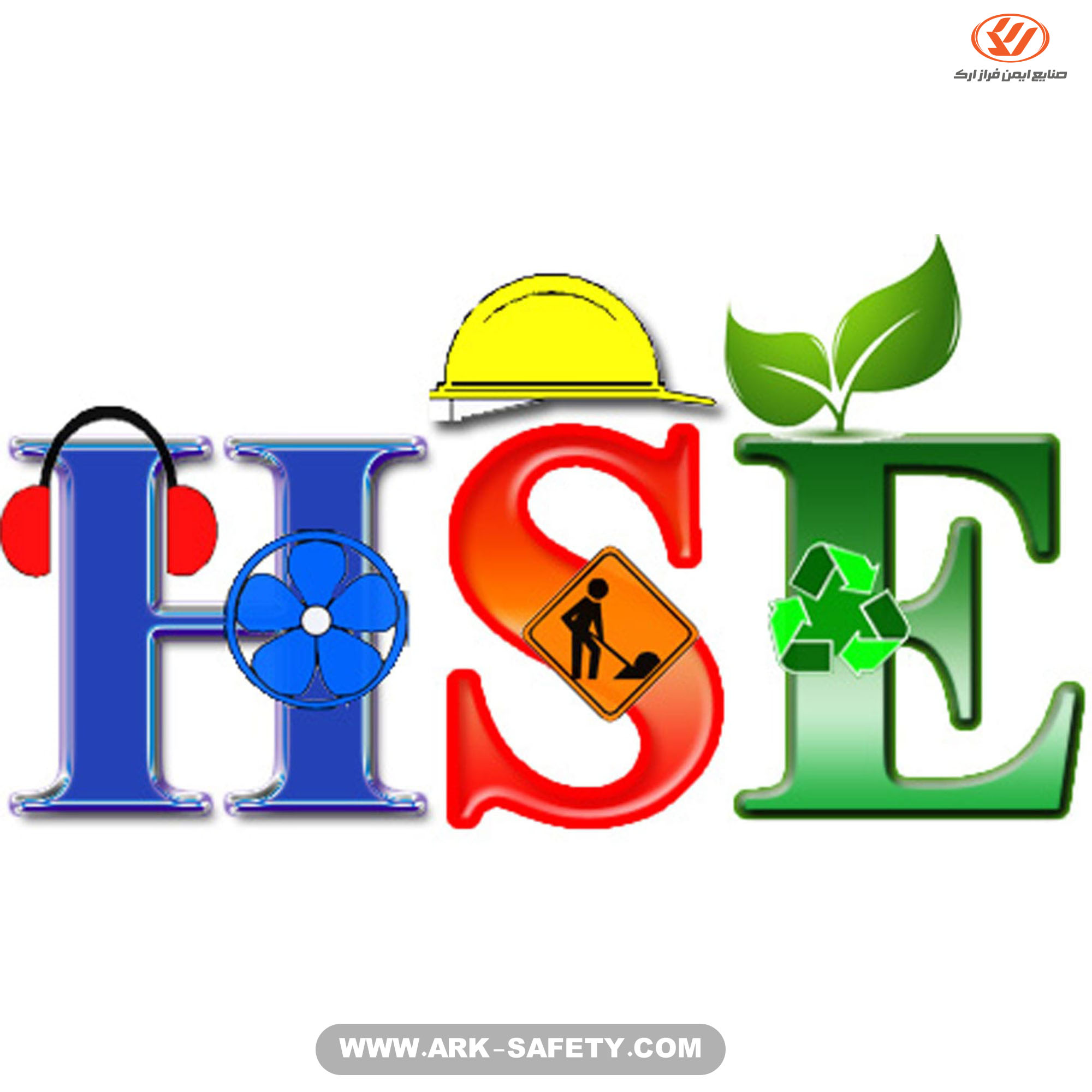
What are the principles of safety in the workplace?
Research shows that every year, more than one million people in the world die as a result of work-related accidents, and a large number suffer serious injuries.
This situation is more prevalent in developing countries. Statistics show that in recent decades, work-related accidents are the third leading cause of death in the world due to the dangers of the workplace and non-compliance. Safety issues.
Among the most common causes of death due to work accidents are falls from heights, electric shocks, burns and hard body collisions that have occurred due to non-observance of safety tips and lack of use of safety equipment.
What is workplace health?
Occupational health today is defined as:
The science and art of preventing adverse effects on work style, work environment and work ethic that endanger the health of the employee and cause occupational diseases, occupational poisoning and work-related accidents.
The Safety Joint Committee of the World Health Organization (WHO) and the International Labor Organization (ILO), established in Geneva in 1953, outlined the goals of occupational health as follows:
A) Providing, maintaining and promoting the level of physical, mental and social health of employees in any profession.
B) Prevention of diseases and accidents at work.
C) selecting a worker or employee for the environment and job that he is physically and mentally capable of doing, or briefly adapting the work to a human being and, if that is not possible, adapting the human being to the work.
Global statistics of non-observance of occupational safety and health
Research and studies on major accidents such as Chernobyl and Bhopal and small incidents that endanger the health and lives of millions of people every day have shown that despite the use of all engineering factors and strict protection and safety and health of the workplace There is also the potential for large and small accidents in high-risk industries and environments.
Occupational safety and health (HSE) is one of the most important issues that every person at any level in the work and life environment should pay attention to and neglecting it will sometimes cause irreparable damage and loss.
The point that should never be forgotten is that danger is always lurking. Therefore, we must always think about reducing the damage caused by potential hazards. This means that even if we take all necessary precautions and observe the safety and health of the workplace, we may still be in danger from issues that are out of our minds or due to the mistakes and negligence of others.
Now, if we want to protect ourselves and others from the bites of these dangers or to minimize their effects, we must make arrangements. The first issue that we must pay attention to in occupational safety and health is correct and logical thinking and the right approach in preventing danger.
Job insecurity in the workplace
Whenever you come across something that you feel might be causing insecurity, be sure to report it to the manager or supervisor of that department. One of the most important safety tips in the workplace is to identify unsafe factors in your job.
These include:
Rupture of the floor covering
Loose shelves
Stairs are not strong
Any defective device
Broken chairs or tables
Broken or loose tiles
Unprotected power cords at commutingBenefits of following safety tips in the workplace
Observing safety issues can save companies from paying heavy compensations and also provide a safe and healthy environment to increase employee vitality. Therefore, we conclude that observing safety tips in the workplace is the most important and main action that must be done before starting work.

Foot safety
Safety shoes are a wide range of protective shoes with different shapes, materials and designs, whose task is to protect the foot against various types of chemical, physical, biological and mechanical hazards. Injuries and injuries to the foot area one It is one of the most common occupational accidents in most industrial environments.
Falling heavy objects on the foot, especially the toe area, can lead to severe injuries.
Foot burns from contact with molten metals, sparks, and corrosive chemicals are common in the iron and steel industries.
Cuts, scratches and punctures of the legs are also a common occurrence in many workplaces.
Dermatitis or eczema can be caused by contact with a wide range of substances such as acids, bases and many other substances.
Frostbite and slipping are other types of hazards that threaten workers in some industries.
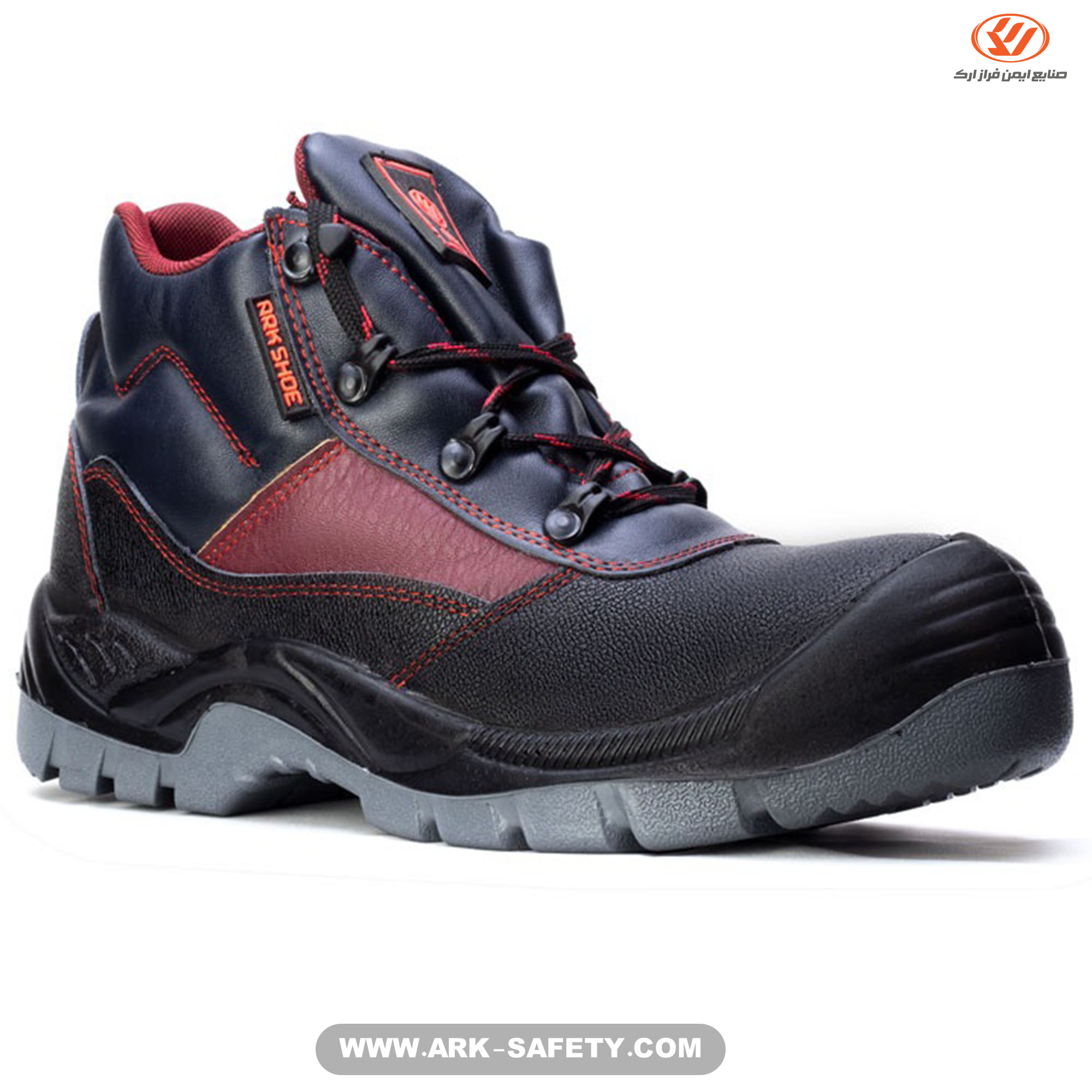
Steel toe shoes
Because the toes are more vulnerable between different parts of the foot than other parts, in some industrial environments such as mining, metalworking and firefighting operations, steel toe shoes are used. The protective steel should be as thin as possible and in accordance with the standard.
Sources:
Wikipedia , kargosha , Chetor , Danial Safety , Imen Traffic

 Military Shoe
Military Shoe
 Safety Shoe
Safety Shoe
 Work Wear
Work Wear
 Office Shoe
Office Shoe
 Hiking Shoe
Hiking Shoe
